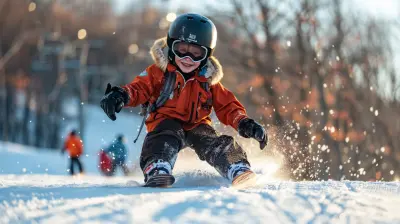Staying Safe on the Mountain: Snowboarding Safety Tips
5 November 2025
So, you're thinking of hitting the slopes? Maybe you're prepping for your first snowboarding trip or you're a seasoned shredder looking to brush up on safety. Either way, welcome! Whether you're carving the powder or catching some air in the park, one thing always comes first—staying safe. Snowboarding can be an absolute blast, but let’s be honest, flying down a mountain strapped to a fiberglass board isn’t without its risks. The good news? With the right mindset and a few smart choices, you can make it down in one piece every single time.
Grab a cup of hot chocolate, strap in, and let’s talk about how to stay safe while riding that sweet frozen playground.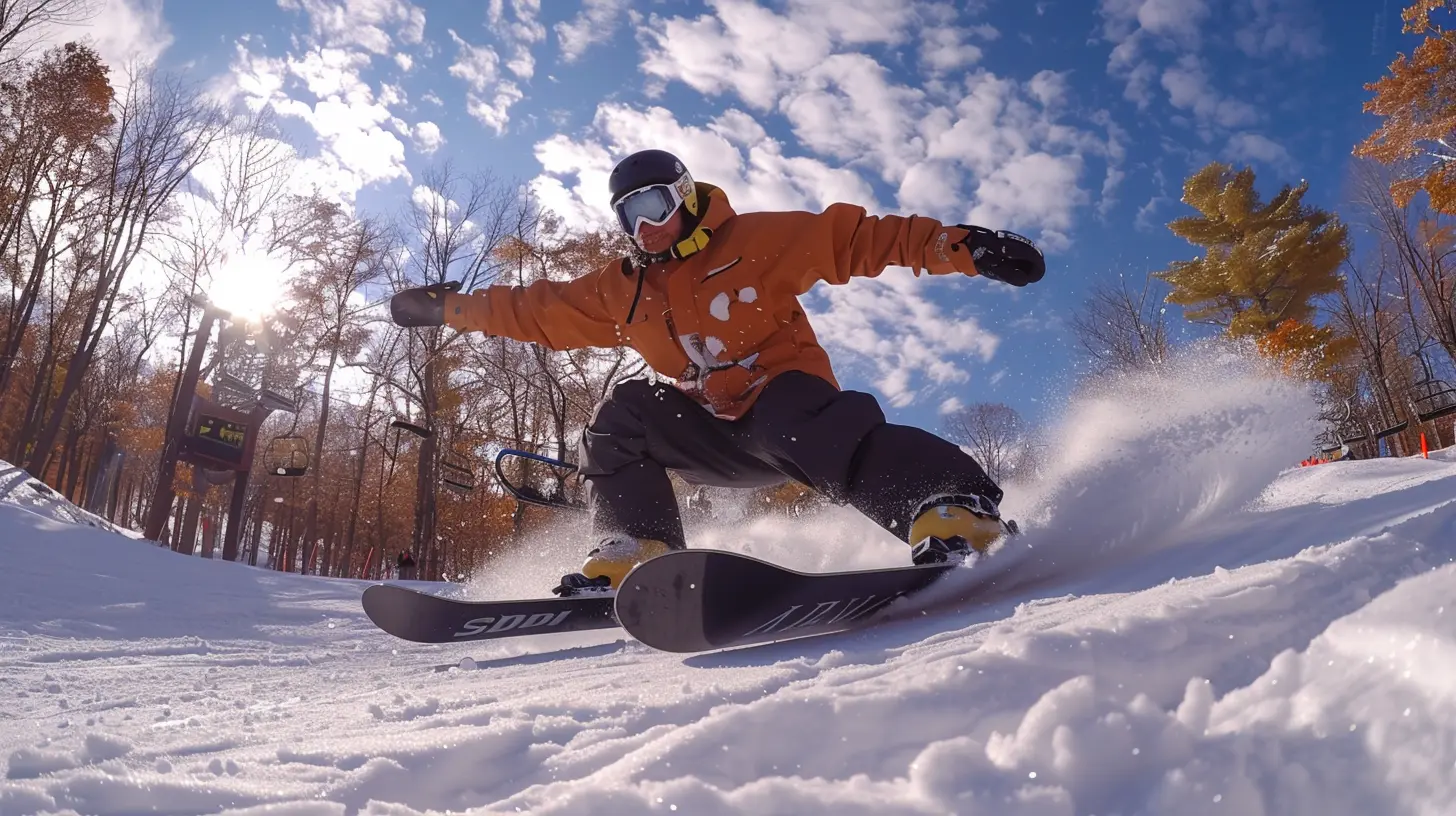
Why Snowboarding Safety Matters
Let’s start with a little reality check. Snowboarding is fun, but it's not a video game. You don’t get endless lives and a reset button. Every season, thousands of snowboarders end up sidelined because of injuries—many preventable. Broken wrists, concussions, sprains—you name it. And it's not just about you. When you ride recklessly, you endanger others too.But enough about the scary stuff. The better question is: How can you make snowboarding thrilling without taking unnecessary risks?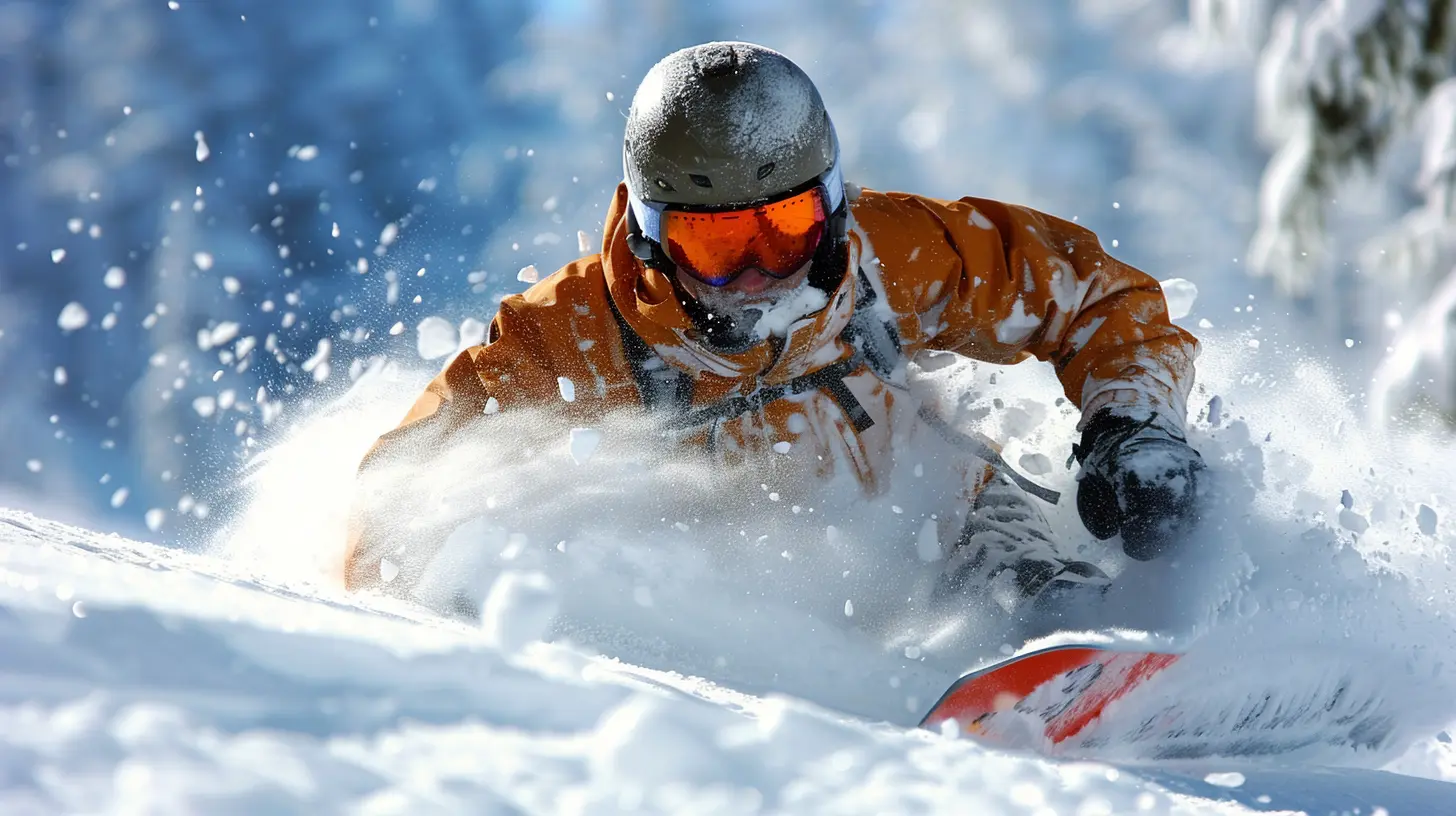
1. Invest in the Right Gear
Helmet: Your Best Friend on the Mountain
You wouldn’t ride a motorcycle without a helmet, right? Same logic applies here. Helmets are non-negotiable. They protect your noggin from impacts (and yes, they can look cool too). Plus, modern helmets come with vents, audio compatibility, and sleek designs.Wrist Guards and Padding
Especially for beginners, wrist injuries are super common. Falling is part of the game, but wrist guards can save you from a trip to the ER. Think of them like airbags for your arms.Proper Snowboard Boots
Boots are your connection to the board. They should be snug (not painful) and offer ankle support. Loose boots = less control = more risk. Don’t cheap out here.Appropriate Clothing
Layers are your best friend. Waterproof outerwear, moisture-wicking base layers, and insulation in between—that’s the golden trio. And don’t forget gloves, goggles, and a neck warmer. Frostbite isn’t just a buzzword.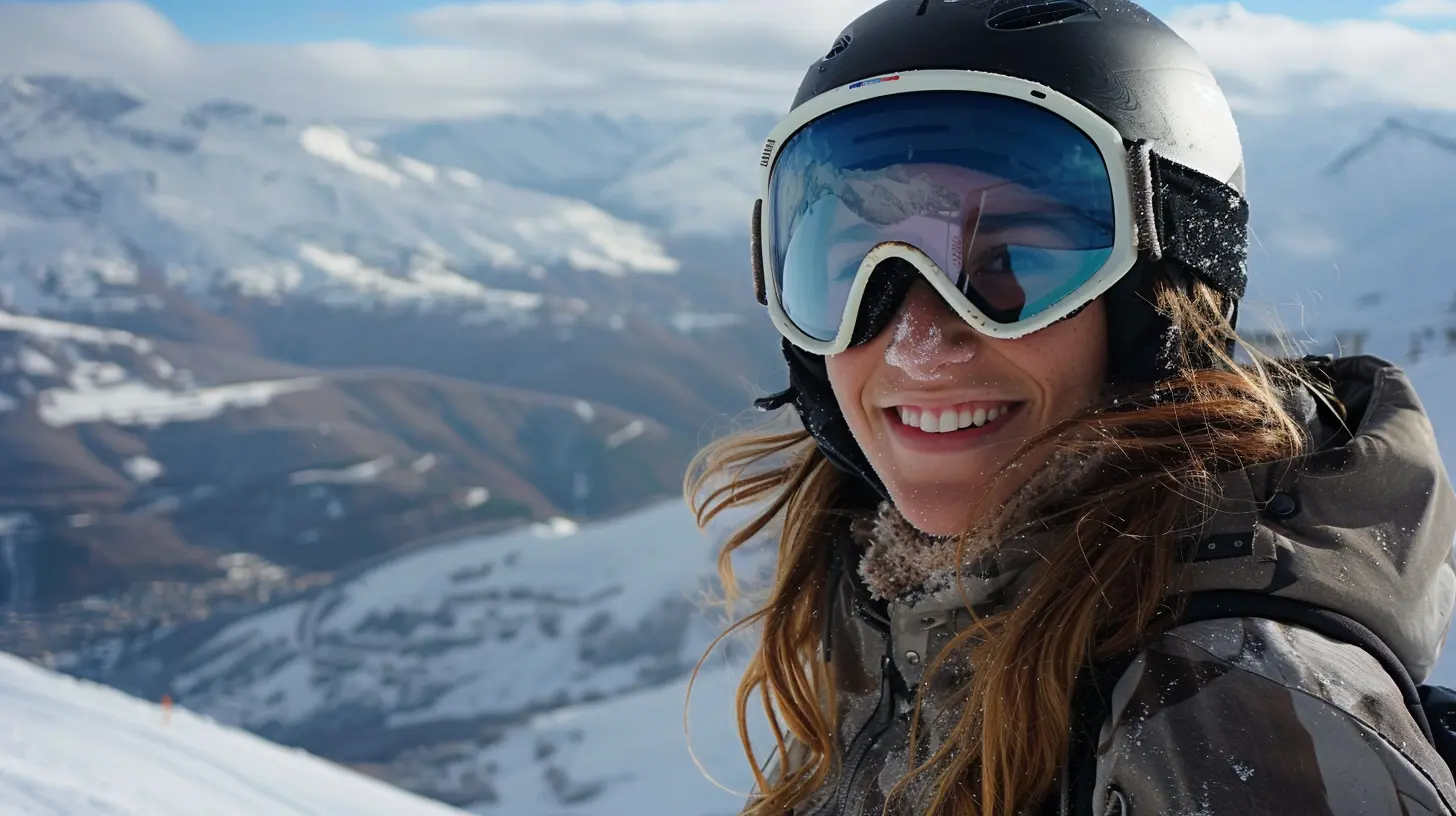
2. Get to Know the Mountain
Read the Trail Map
Before you hop on that lift, study the terrain. Know where the beginner slopes are. Where are the tree runs? Which trails lead back to the lodge? This isn’t just about navigation—it’s about survival.Understand Trail Ratings
Green = easyBlue = intermediate
Black = expert
If you're still figuring out how to link your turns, you have no business on double blacks. Trust me, biting off more than you can chew never ends well.
Check the Weather and Conditions
If a storm’s rolling in or visibility is poor, that’s something you need to know before you ride. Icy slopes, heavy snow, and whiteouts increase the risk factor tenfold. Smartphone apps or the resort’s website usually have up-to-date info.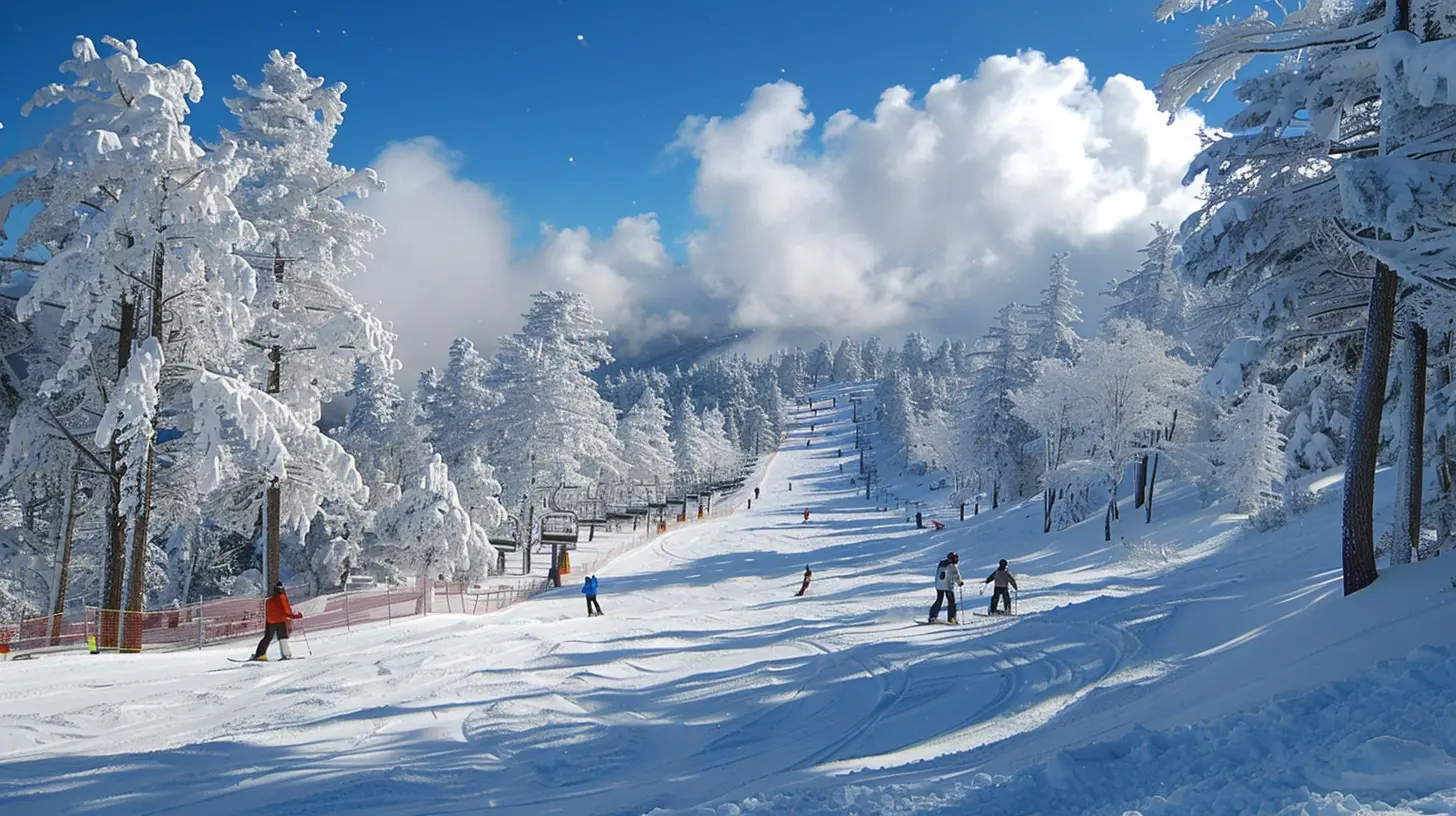
3. Warm Up Before You Ride
No, we don't mean sipping a hot latte in the lodge (although that sounds nice). Real warm-ups matter. Do some stretches or light cardio before hitting the slopes. Cold muscles tear more easily, and your body's less responsive.A few jumping jacks, some squats, and arm circles can go a long way. Think of your warm-up like revving your engine before peeling out—smooth starts make for safer rides.
4. Know Your Limits (And Respect Them)
Here’s the thing: confidence is good… overconfidence? Not so much. If you're new to snowboarding, take it slow. It’s tempting to follow your hardcore friends into the terrain park, but skill comes with time and practice. You’re not Shaun White (yet).Push yourself, sure—but responsibly. That means skipping jumps you're not ready for, resting when you're winded, and listening to your body.
5. Take a Lesson (Even If You’re Not a Rookie)
You might think lessons are just for beginners—but even intermediate and advanced riders can benefit. Maybe you’ve developed bad habits or never learned proper carving techniques. A few hours with an instructor can elevate your skills and boost your confidence.Plus, instructors usually know the mountain like the back of their mitten. They can show you safer lines, hidden gems, and shortcuts that'll keep the ride smooth.
6. Practice Falling (Yes, Really)
This might sound funny, but knowing how to fall can actually save you from serious injury. Try to fall onto your forearms and knees instead of bracing with your hands straight out. That’s how most wrist injuries happen.Keep your limbs loose, and never stiffen up when you feel yourself going down. It’s like being in a car accident—the more relaxed you are, the less likely you are to get hurt.
7. Stay Alert on the Slopes
Look Before You Leap
Literally. Never launch off a feature without checking what’s below. Someone could be sitting there strapping in, or just cruising along.Be Predictable
Sudden stops or sharp turns can surprise other riders. Maintain a steady pace and try to ride in a straight line when it's crowded.Follow the Skier's Responsibility Code
Most resorts promote this code—it’s basically the Ten Commandments of the slopes. Stuff like yielding to those below you, avoiding stopping in blind spots, and using proper equipment. It’s common sense, but it’s worth revisiting every season.8. Take Breaks and Stay Hydrated
Snowboarding is intense, both mentally and physically. Add high altitude to the mix, and you’re burning calories like crazy. When you're tired, your reaction time drops—and that’s when accidents happen.Drink water, refuel with snacks, and don't be a hero. Resting doesn’t mean you're weak—it means you’re smart.
9. Ride With a Buddy
Unless you're some snowbound hermit, snowboarding solo isn’t the best idea. Riding with a buddy means there’s always someone who can help if something goes sideways. Plus, who else is going to see that epic jump you just nailed (or almost nailed)?If you do find yourself riding alone, make sure someone knows your plans. Where you’re heading, when you’ll be back, that kind of thing.
10. Respect the Environment
Okay, this one isn’t just about physical safety—it's about being responsible. Don’t go cutting into restricted areas or ducking under ropes. Those signs are there for a reason—avalanches, cliffs, and unmarked hazards are very real.Also, don’t litter the mountain with granola wrappers or lost gloves. Pack out what you pack in. Karma’s real, especially on the slopes.
11. Snowboarding in the Backcountry? Prep Like a Pro
Taking your board beyond the resort boundaries? That’s a whole new level of risk—and you better be ready. You need avalanche awareness training, a beacon, probe, shovel, and ideally a guide. The backcountry is raw, beautiful, and dangerous. No ski patrol, no marked trails—just you and the mountain.Don’t even think about going unless you’ve got experience or you’re with someone who does. This isn’t the time to “wing it.”
12. Stay Mentally Sharp
Look, snowboarding takes focus. If you’re distracted by stress, fatigue, or even a hangover (yeah, we see you), your judgment won't be at its best. Ride with a clear head. That means no alcohol or substances while on the mountain—save the après for later.Your mind is half the battle. Stay sharp and present, and you’ll ride smarter and safer.
Final Thoughts
Snowboarding isn’t just a sport—it’s a lifestyle. But like anything worth doing, it comes with risks. The good news? Most of those risks are manageable with just a bit of planning and a lot of common sense. So wear your helmet, know your limits, ride with awareness, and above all—enjoy the ride.Remember, there’s no such thing as a fearless snowboarder, just a prepared one.
Stay stoked. Stay safe. And ride on!
all images in this post were generated using AI tools
Category:
SnowboardingAuthor:

Easton Simmons
Discussion
rate this article
1 comments
Lily Cain
Great tips for staying safe on the slopes! Snowboarding can be thrilling, but prioritizing safety ensures a fun and injury-free experience. Always wear your gear!
November 5, 2025 at 4:40 AM


